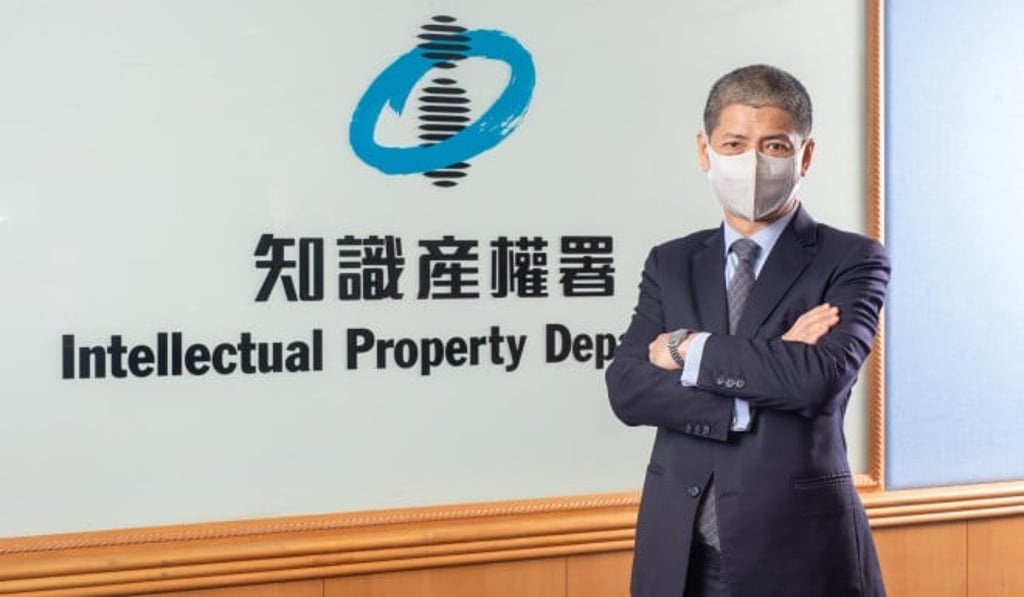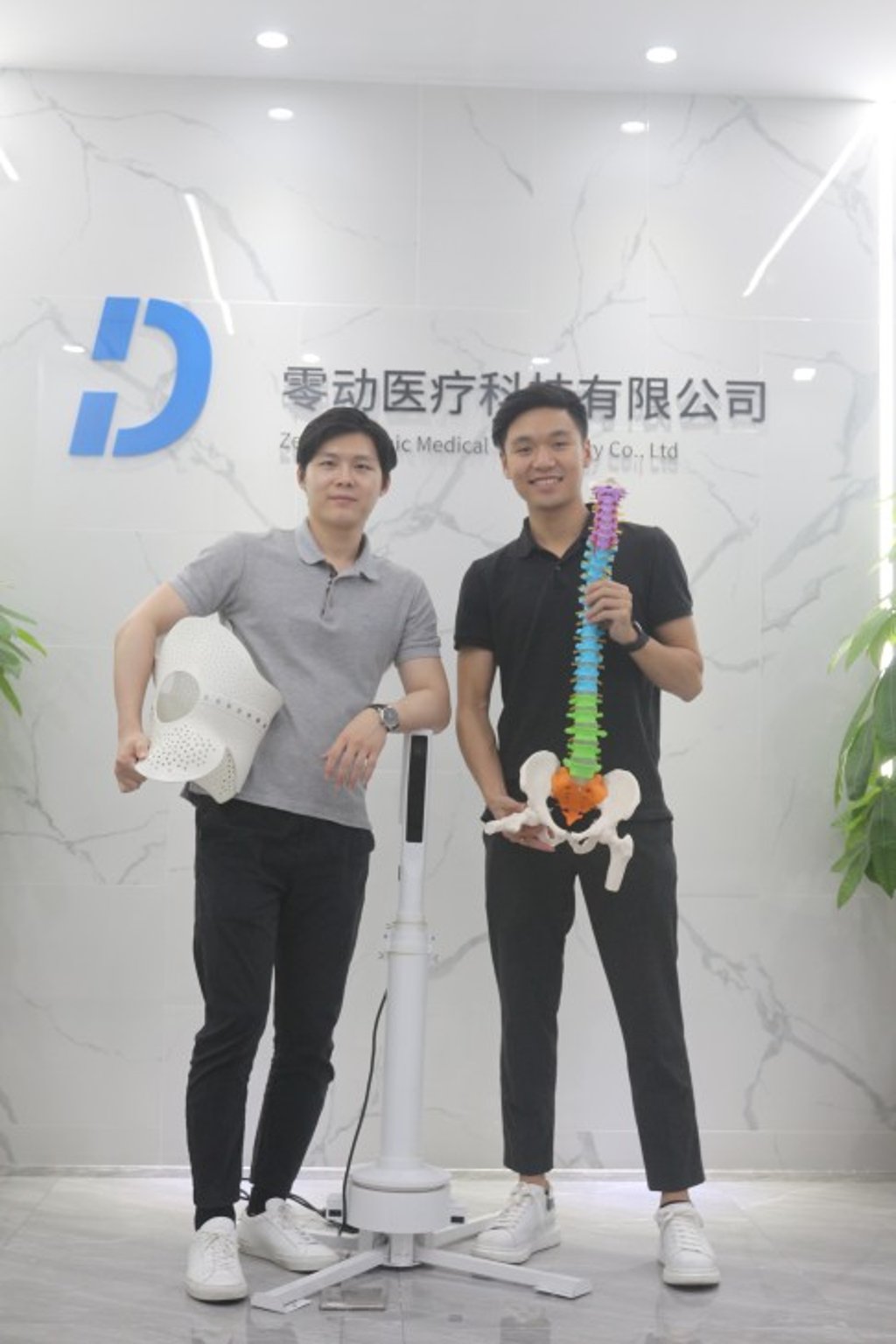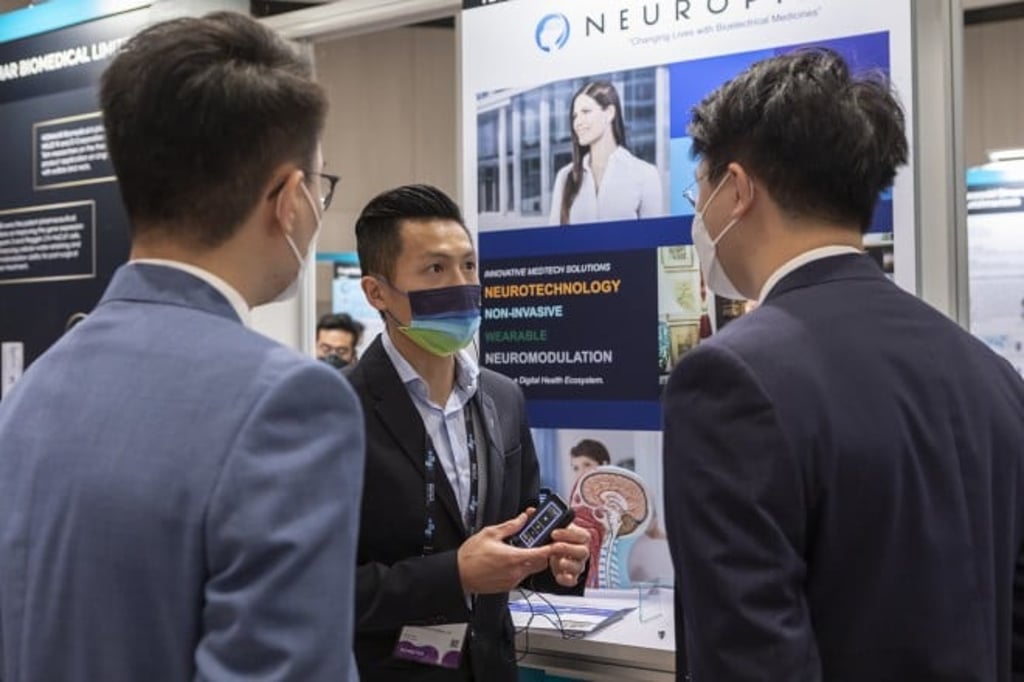Savvy young innovators make a positive impact with their intellectual property

[Sponsored Article]
• Young entrepreneurs harness intellectual property (IP) rights to transform their ideas into reality and achieve market success
Hong Kong is in an excellent position to build a better future based on innovation with most of the 650,000 young people aged 18 to 35 (about 20 per cent of the population) regarding the protection of IP rights as necessary.

“Young people think out of the box, are creative, innovative and flexible. A study conducted by our department in 2020 revealed that over three-quarters of the young people surveyed considered the protection of IP rights helpful to the development of the local creative industries (78.4 per cent) and would attract foreign investments to Hong Kong (78.2 per cent),” says Director of Intellectual Property David Wong. Their awareness of IP – trade marks, patents, registered designs and copyright – bodes well for their ideas to be crystallised and become the intangible assets of an enterprise that can be managed and commercialised to realise the economic value of IP. “ They can use IP rights to build stronger, more competitive and resilient businesses. For a start, getting trade mark protection boosts brand image and reputation, and helps them generate income through licensing.”

A patent protects scientific research
Rex Ma, Co-Founder of Dr. Body, a multi-award winning medical technology startup, believes that patents are essential for every company. “Copying may occur, and painstaking scientific research stolen if the products are not protected by patents,” he says. To this end, the company has patented its self-developed testing technologies. Among them is Dr. Body-Scan, an innovative infrared 3D spine and posture assessment analyser tailored for the 3D evaluation of scoliosis issues. The judging panel considered the gold award winner of the 2021 Hong Kong ICT Awards (Student Innovation Award Group) a rare masterpiece. During product development, Ma and his team found the main X-Ray used in testing would cause radiation to the human body and increase the chance of getting cancer. At the same time, the traditional treatment plan lacks visualisation of the progress from diagnosis and treatment to rehabilitation. They used infrared technology, artificial intelligence, and data visualisation through a user management system to overcome these problems.
“Obtaining patents can increase product recognition and make users feel more confident in our products. They allow us to find suitable business partners for patent licensing so more people can use them. Besides, since we are in the startup stage, we need the backing of many investors. Through patents, we can improve our company’s competitiveness, investors’ recognition of our technological expertise, and their willingness to invest.”

Self-belief is the key to success
Meanwhile, Dr Daniel Ko, CEO & Founder of Neuropix, considers self-belief the driving force for turning ideas and concepts into reality. The three-year-old company brings in disruptive wearable neurotechnology for treating major brain diseases such as epilepsy, headache disorders, depression and anxiety, ageing-related diseases and behavioural disorders. The inventions have won plenty of accolades, including the City I&T Grand Challenge Hong Kong Innovation Award, Top 10 SME Innovation and Entrepreneurship Global Contest Hong Kong Chapter, and Microsoft Startups Award.
“It’s imperative to have self-belief in your ideas, do research around similar concepts to see whether your ideas have a unique value, then line up the resources and take action to make them into reality. Often, it’s not about having great technology but trying to make people use the technology. It’s always about what you believe and visualises and having your vision that people want to use them. Then walk backwards towards that technology,” he says.
And once the idea becomes a reality, it’s also crucial to secure the designs with IP protection. Neuropix has registered trade marks and has filed three industrial design applications to prove his point. “The process may take time, but it’s vital. The best way is to work with specialists in the IP field to help you do so.”

The handiwork of homegrown artist Jane Lee, aka Messy Desk, is a familiar sight in the city. Her illustrations and mural paintings of joyful characters in a high-density graphic style have been splashed all over Hong Kong and many parts of the world, garnering her plenty of top international awards. Her career took off after the success of her first mural painting in Poland, which was well-advertised on social media.
In 2016, Lee registered her trade mark. “I am afraid someone would steal my work one day. The deeper I grow my career as an artist, the more sensitive I am about IP. I registered my trade mark to protect my brand,” she explains. “With IP commercialisation, my intangible creativity becomes tangible. Most importantly, IP is protected by our legal system. Clients come to me if they would like to use the “Messy Desk” characters for their business initiatives. It makes our business operation much easier.” Lee has also registered her IP in mainland China for legal protection. “I can license my IP out for a business purpose and have decorated a shopping mall with a Christmas theme in Hangzhou with my IP.”
Make the best use of IP for future expansion